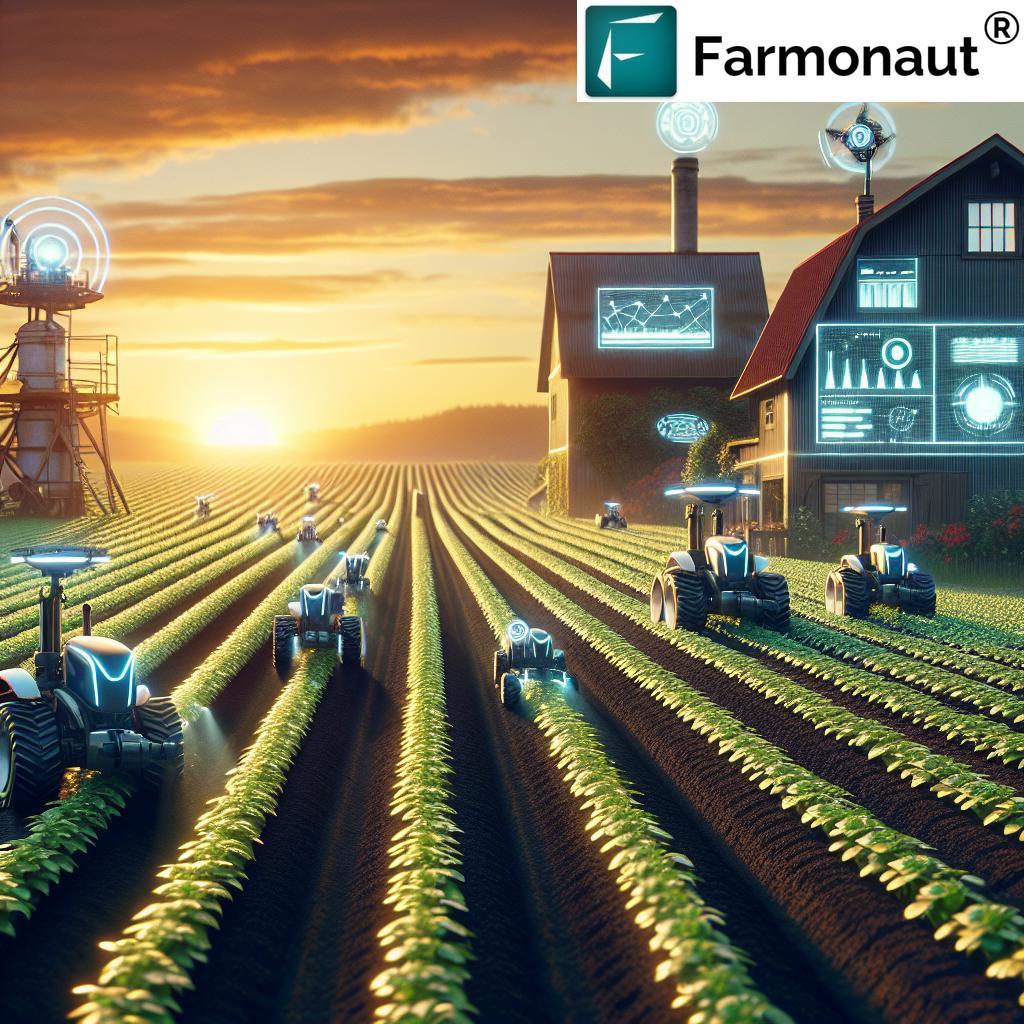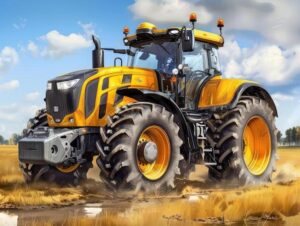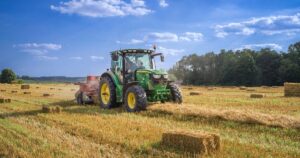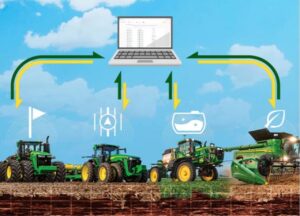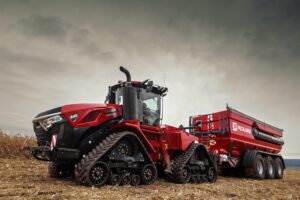As global agriculture grapples with an unprecedented labor shortage,artificial intelligence emerges as a potential solution to sustain food production. The integration of AI-powered systems in farming operations is transforming conventional agricultural practices, offering alternatives to manual labor through automated harvesting, precision planting, and crop monitoring. This technological shift comes at a crucial time when farms worldwide struggle to find and retain workers, threatening food security and economic stability in the agricultural sector. Agricultural technology has taken a revolutionary leap forward as farms worldwide embrace artificial intelligence solutions to address the growing labor shortage crisis. Smart farming systems are stepping in to fill crucial gaps,performing tasks traditionally handled by human workers with remarkable precision and efficiency.
Automated harvesting robots equipped with computer vision can now identify ripe produce, carefully picking fruits and vegetables without causing damage. These mechanical farmhands work around the clock, maintaining consistent productivity levels regardless of weather conditions or time of day. Advanced sensors and machine learning algorithms enable these robots to adapt their picking pressure based on the specific type and ripeness of each crop.
Drone technology has become instrumental in crop monitoring and maintenance. AI-powered drones survey vast agricultural lands,collecting data on plant health,soil conditions,and potential pest infestations.This aerial supervision allows farmers to optimize resource allocation and address issues before they escalate, even with reduced human oversight.Intelligent irrigation systems have revolutionized water management in agriculture. These systems analyze real-time soil moisture data, weather forecasts, and crop requirements to deliver precise amounts of water where and when needed. This technology not only conserves water but also reduces the manual labor traditionally required for irrigation management.
Autonomous tractors and farming vehicles are transforming field operations. These self-driving machines can plant seeds, apply fertilizers, and perform othre essential tasks with minimal human intervention. GPS guidance systems and obstacle detection technology ensure accurate navigation while maintaining safety standards.
Indoor farming facilities are leveraging AI to create highly efficient vertical farming operations. Automated systems control temperature, humidity, and lighting conditions, while robots handle planting, monitoring, and harvesting. These facilities can operate with minimal staff while producing high yields year-round.
Predictive analytics help farmers make informed decisions about crop management and resource allocation. AI algorithms process vast amounts of data from various sources, including weather patterns, market trends, and historical yield information, to optimize farming operations and reduce labor requirements.
The implementation of AI farming solutions has shown promising results in addressing worker shortages. Farms using these technologies report increased productivity,reduced operational costs,and improved crop quality. Small-scale farmers are also benefiting from more accessible and affordable AI tools designed specifically for their needs.
Investment in agricultural AI continues to grow as technology companies develop more sophisticated solutions. Cloud-based platforms now enable remote monitoring and management of farming operations, allowing fewer workers to oversee larger areas effectively. These innovations are creating new roles in agriculture, shifting focus from manual labor to technical expertise in operating and maintaining advanced farming systems.
Organizations are also developing training programs to help traditional farm workers transition into roles managing AI-powered equipment, ensuring that technological advancement supports rather than displaces the existing agricultural workforce.

